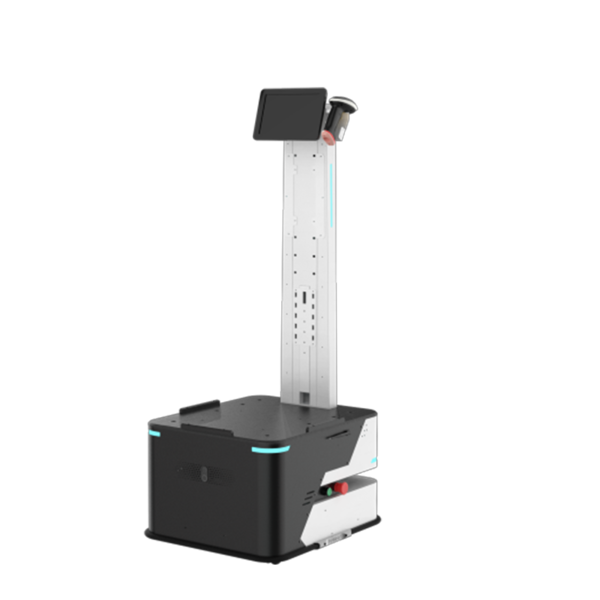© © 2025 Copyright © Youibot Robotics Co., Ltd. All rights reserved.SitemapPrivacy Policy
With the continuous transformation of the retail industry towards digitization and automation, the application of assisted picking robots is increasingly becoming an important innovation point. These robots not only demonstrate breakthroughs in cutting-edge technology, but also bring fundamental changes to operational efficiency and business models for the retail industry. In the rapidly changing market environment, assisted picking robots provide an efficient and reliable solution to cope with the increasing order volume and high standards of service quality demanded by customers.

The technical foundation of assisted picking robots involves multiple fields, including advanced sensor technology, machine vision, and artificial intelligence. These robots use sensors and visual systems to identify products on shelves, determine their positions, and use precise control systems to quickly and accurately complete picking tasks. In addition, through the built-in SLAM (Simultaneous Localization and Mapping) technology, they can self navigate in unknown environments, greatly improving work efficiency and accuracy. The application of machine learning algorithms enables robots to continuously optimize picking paths and operation methods, adapting to constantly changing work environments.
Compared with traditional manual picking, auxiliary picking robots have significant advantages. They can work continuously without interruption, unaffected by fatigue, emotions, or other human factors. Robots can process multiple orders simultaneously, quickly retrieve goods from shelves, and accurately place them in designated packaging boxes. Due to the precision and reliability of robots, the error rate during the picking process is greatly reduced, which not only ensures the accuracy of orders, but also reduces returns and customer complaints, improving customer satisfaction.
Although the initial investment cost of auxiliary picking robots is relatively high, in the long run, their operating costs are usually lower than manual labor. With the development of technology and large-scale production, the cost of robots is gradually decreasing. In the long run, enterprises can achieve good investment returns by saving labor costs, improving picking efficiency, and increasing order processing capabilities. In addition, the use of robots can also reduce work-related accidents and related legal risks, further reducing the overall cost of enterprises.
Assisted picking robots play an important role in supply chain management. By integrating with supply chain management systems (SCM), robots can achieve real-time inventory updates and intelligent routing of orders. This integration makes inventory management more efficient, reduces excess and out of stock situations, improves inventory turnover, and provides retailers with more accurate inventory forecasts. This collaborative effect not only improves operational efficiency, but also provides enterprises with stronger market adaptability and response speed.
With the rapid development of the Internet of Things (IoT), 5G communication and edge computing technology, the function of the auxiliary picking robot will be further enhanced. The integration of these technologies will enable robots to better collaborate with other devices and systems, improving the overall level of intelligence in operation. For example, through IoT technology, robots can communicate in real-time with other devices in the warehouse, coordinate operations, and improve overall operational efficiency. 5G communication will provide faster and more reliable data transmission, enabling robots to receive and process large amounts of data in real-time, improving the accuracy of decision-making. Edge computing can process data instantly at the place where the data is generated, reduce the dependence on the central processing system, and improve the response speed and reliability of the system.
Assisted sorting robots have brought tremendous opportunities for transformation to the retail industry. These robots not only improve picking efficiency and accuracy, but also reduce costs and increase customer satisfaction, creating a competitive advantage for retailers. With the continuous progress and popularization of technology, these robots will play a more core role in the future retail industry. However, when introducing robotics technology, enterprises also need to consider various factors such as technological maturity, employee training, and regulatory compliance to ensure the effective application and long-term success of the technology.V
By continuing to use the site you agree to our privacy policy Terms and Conditions.